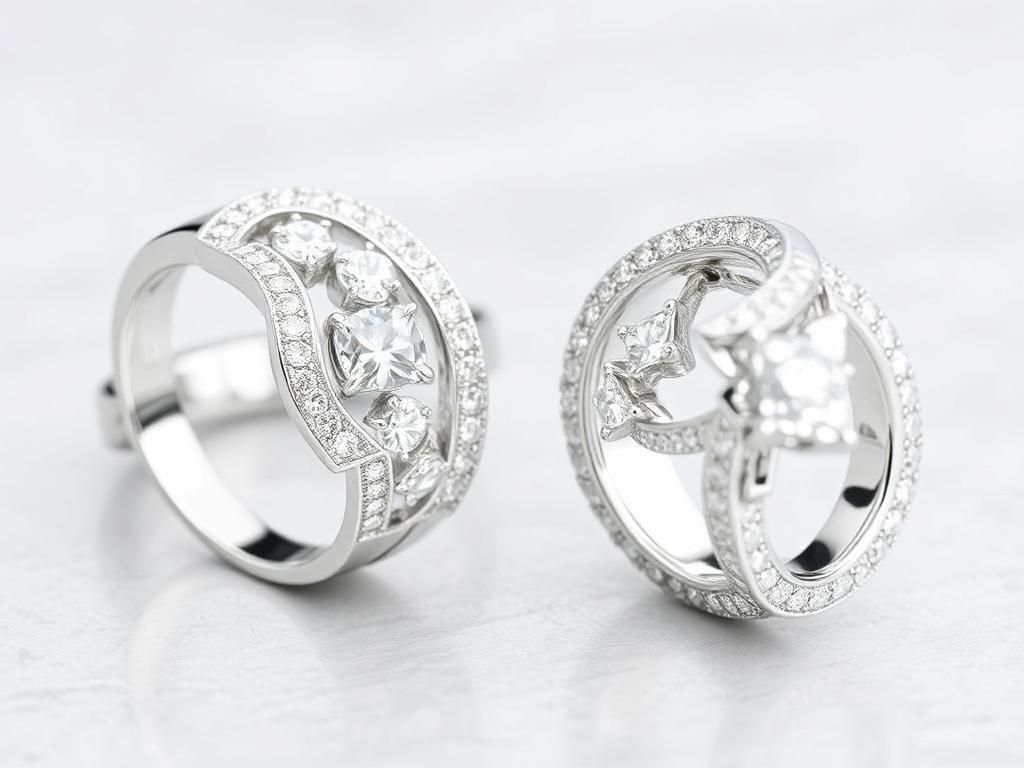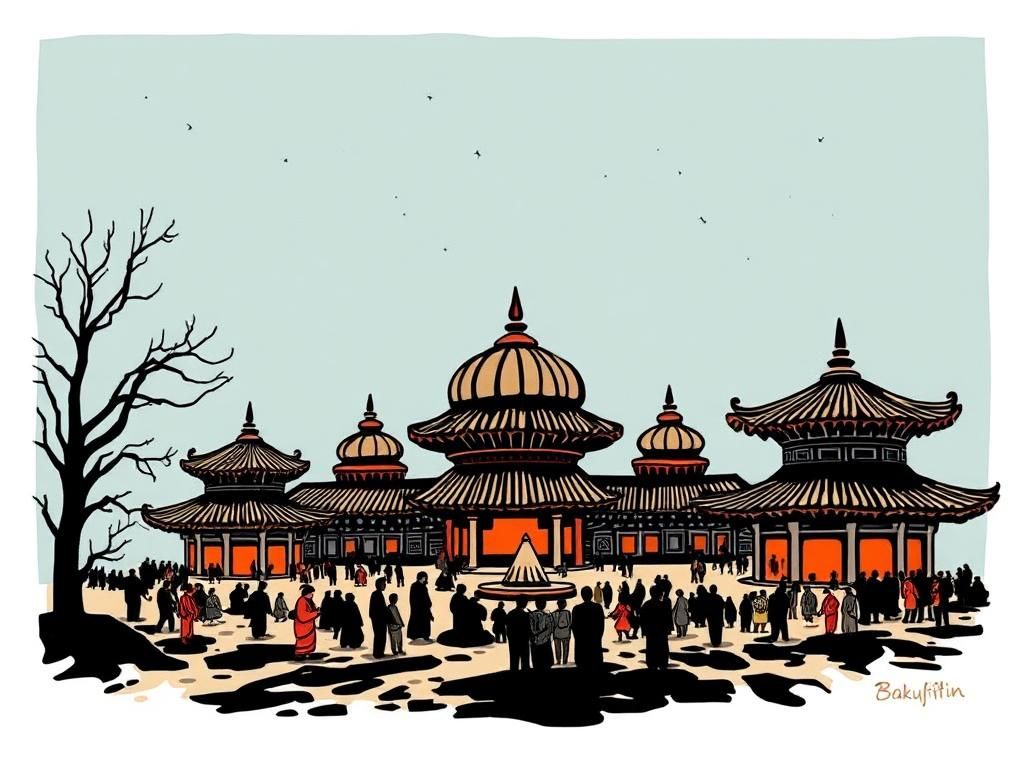The low fade with fringe hairstyle has emerged as one of the most sought-after styles in recent years, capturing the hearts of both men and women. This haircut combines an innovative fading technique with a variety of fringe styles, offering a fresh and modern twist to traditional haircuts. With its versatility, the low fade with fringe can complement various facial structures and hair types, making it a go-to choice for those looking to modify their look. The purpose of this article is to provide you with an in-depth exploration of the low fade with fringe, delving into its definition, styling options, maintenance tips, and how to choose the best styles for different face shapes and hair types.
Understanding the Low Fade
What is a Low Fade?
A low fade is a popular fading technique where the hair is gradually shortened from the top down to the nape of the neck, starting lower on the head rather than the sides. This technique creates a subtle, blended look that offers a more natural transition compared to high and mid fades. Unlike high fades, which start above the temples, and mid fades that fall between the two, low fades maintain more length on the top while providing a clean, polished finish on the sides and back of the head.
Types of Fade Cuts
- Low Fade: Characterized by a gradual fade that starts just above the ears and blends into longer hair on top. This style is ideal for those with oval and square face shapes, enhancing angular features.
- Mid Fade: This cut starts its fade around the temples, offering a balanced look that works well for all sorts of complexions.
- High Fade: Begins significantly higher on the head, creating a dramatic look that suits bold personalities and sharper jawlines.
The pros of each style can vary based on individual preferences. While low fades provide a more subtle appearance, high fades can be more striking. Mid fades offer a happy medium.
The Fringe: Definition and Styles
What is a Fringe?
The term fringe refers to a section of hair that is cut and styled to fall over the forehead, commonly known as bangs. Historically, fringes have been an iconic part of hairstyles, with various styles that have evolved over time to serve different fashion trends. Other terms for fringe include bangs and curtain bangs.
Types of Fringe Styles
– Straight Fringe: This style features an even cut across the forehead, flattering oval and heart-shaped faces by adding definition.
– Textured Fringe: This option employs uneven cuts to create volume and dimension, making it suitable for most face types.
– Side-Swept Fringe: A versatile style that drapes to one side, it works wonders with both low fades and longer hairstyles, enhancing facial symmetry.
Combining Low Fade and Fringe
Why Choose a Low Fade with Fringe?
Combining a low fade with fringe results in a modern look that effortlessly balances structure with softness. This hairstyle is incredibly versatile and suits various hair types, whether straight, wavy, or curly. The combination allows wearers to showcase individuality while also adhering to fashion trends.
Styles of Low Fade with Fringe
– Classic Low Fade with Straight Fringe: Perfect for those looking for a timeless look, this style is easy to maintain.
– Textured Low Fade with Messy Fringe: Infuses a fun, carefree vibe suitable for informal settings.
– Side-Swept Low Fade with Curtain Bangs: This style provides an elegant option for formal occasions.
How to Style Low Fade with Fringe
Preparing for the Cut
Finding a stylist experienced in low fade and fringe is essential. Bring reference images to your consultation to convey your desired look effectively. This will help the stylist understand your vision and provide the best result.
Aftercare and Maintenance
Maintaining your low fade and fringe is critical for its longevity. Here are some tips:
- Recommended Products: Use shampoos and conditioners specifically tailored to your hair type. Consider hair styling products like pomades and sprays to keep your fringe in place.
- Regular Trimming: Schedule trims every 4-6 weeks to maintain shape, particularly for fringes that can quickly lose their definition.
- Styling Tools: Utilize brushes, combs, and hair dryers effectively to style your low fade with fringe, achieving the desired volume and shape.
Tips for Different Face Shapes and Hair Types
Face Shape Considerations
– Oval Face: Nearly any fringe style suits this face shape, but side-swept and textured fringes can enhance its natural symmetry.
– Round Face: Opt for fringes that elongate your face, such as long, straight fringes.
– Square Face: Soften angular features with soft, layered fringes that frame the face.
– Heart-Shaped Face: Curtain bangs and side-swept fringes balance the wider forehead and narrower chin.
Hair Type Considerations
– Straight Hair: Straight hair lends itself well to structured fringes; consider using smoothing products to maintain sleekness.
– Wavy Hair: For added texture, a tousled fringe can capture natural waves while complementing a low fade.
– Curly Hair: Embrace your curls! Utilize moisturizing products to keep your fringe defined yet soft.
Trends and Variations
Influencers and Celebrities with Low Fade and Fringe
Many contemporary influencers and celebrities sport the low fade with fringe, inspiring fans worldwide. Examples include [insert celebrity names] who have uniquely styled their looks, showcasing how this haircut can be personalized and dramatic.
Seasonal Variations
Different seasons call for different styles. During the summer, you might prefer lighter, breezier styles, while in winter, more dramatic fringes can add warmth and character. Weather conditions can significantly impact hair, so adjust your styling products accordingly.
Conclusion
With adaptable styles for numerous face shapes and hair types, the low fade with fringe has carved out a distinct niche in contemporary hairstyles. This haircut combined with calculated maintenance can elevate your style effortlessly.
Additional Resources
For those eager to dive deeper into the world of hairstyles, consider browsing tutorials on [YouTube](https://www.youtube.com) or visiting specialized blogs dedicated to hair care and styling.
FAQs
- What is a low fade?
A low fade is a haircut variation where the sides and back are gradually faded to shorter lengths, beginning just above the ears. - How often should I trim my fringe?
It’s recommended to trim your fringe every 4-6 weeks to keep its shape. - Can I style a low fade with fringe if I have curly hair?
Absolutely! A low fade paired with a textured fringe can beautifully enhance curls. - What products should I use for my low fade and fringe?
Use products such as specific shampoos, conditioners, and styling gels or pomades suitable for your hair type. - Are low fade with fringe styles suitable for formal occasions?
Definitely! Depending on how you style it, this combination can be adapted for both casual and formal settings. - What face shapes suit a low fade with fringe?
Oval, round, square, and heart-shaped faces can all rock this combination with different styles. - Can I achieve a messy fringe look?
Yes! Use texturizing products for volume and a carefree appearance. - How do I choose the right stylist for my low fade with fringe?
Look for stylists with experience in modern cuts and consult them with reference images. - What are the key maintenance tips for this hairstyle?
Regular trims, suitable products, and proper styling tools are essential. - Can I add color to a low fade with fringe?
Yes! Adding highlights or color can enhance the depth and character of your style.
| Style | Face Shape Suitability | Maintenance Level |
|---|---|---|
| Classic Low Fade with Straight Fringe | Oval, Round | Easy |
| Textured Low Fade with Messy Fringe | Square, Heart | Moderate |
| Side-Swept Low Fade with Curtain Bangs | Oval, Heart | Moderate |


